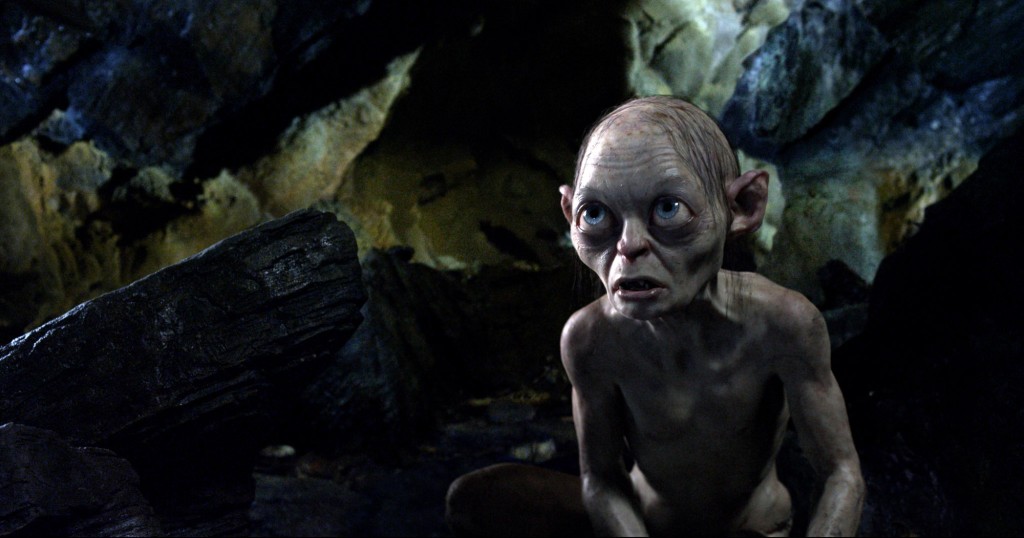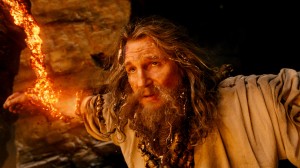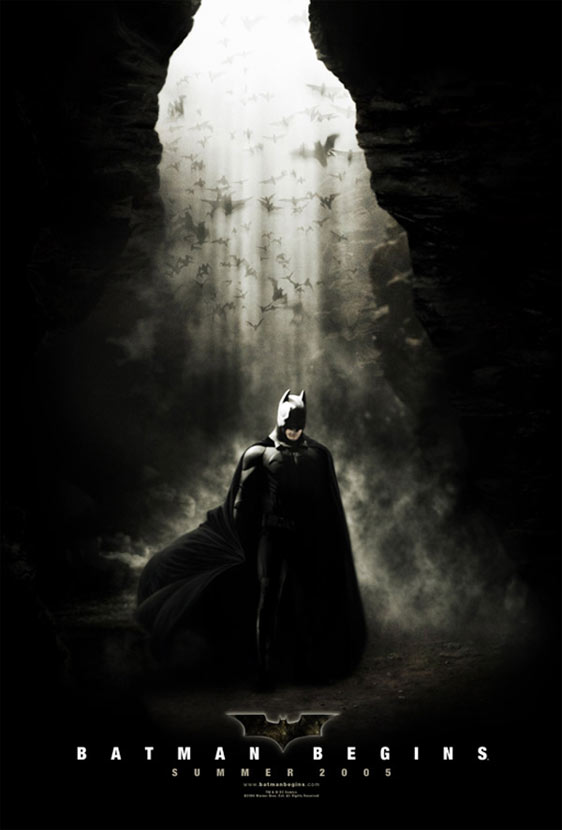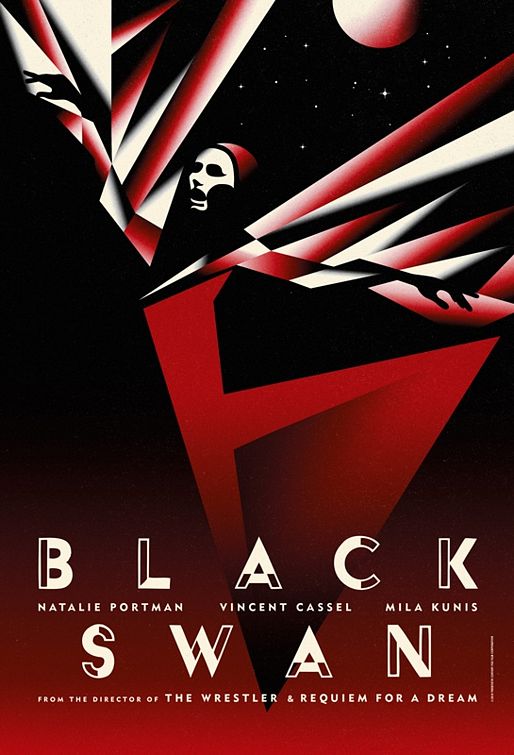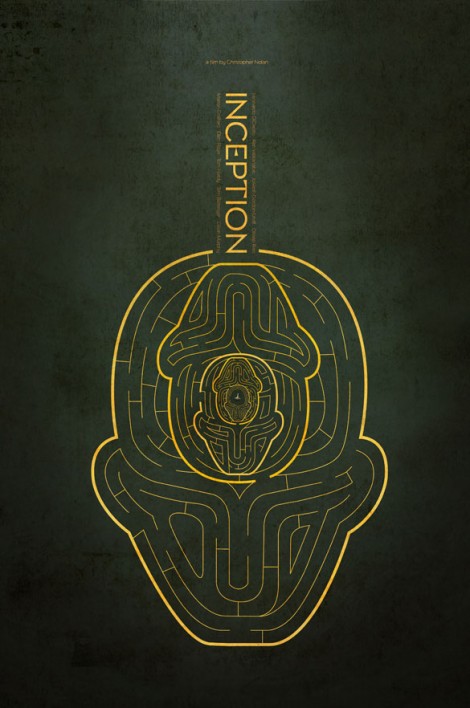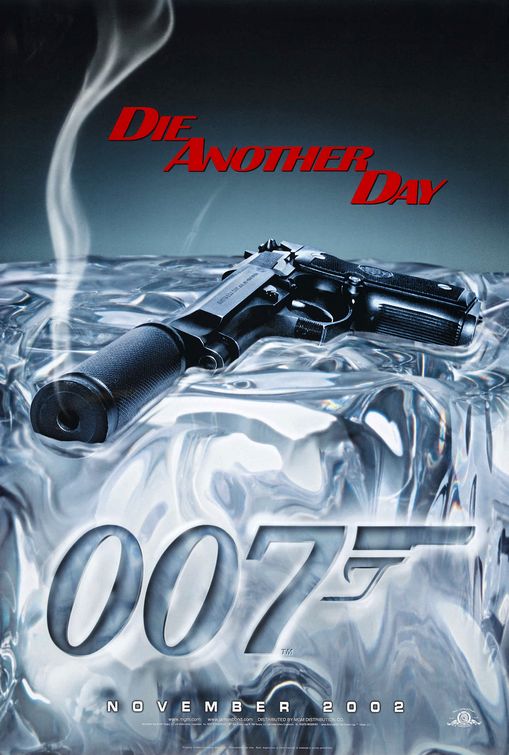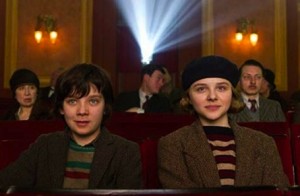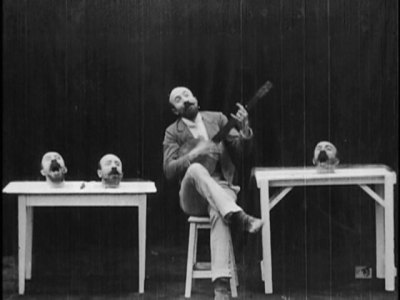Rating: 




Let me get things straight first. I enjoyed “An Expected Journey” as I was viewing it. From the film’s first half hour, I could tell that it wasn’t going to be an event as grand and glorious as any of the “Lord of the Rings” movies, which was just fine by me. Though weighed down by several substantial flaws, I felt a mild satisfaction when the credits started to roll. The verdict of a movie reviewer should always be based on the immediate experience, and on that notion I should label “An Unexpected Journey” a success. But my later convictions overruled the other, and I realize that I cannot award a positive rating to a movie that could have easily been great but chose not to.
The three volumes that comprised Tolkien’s “The Lord of the Rings” were made into three different films. That’s over 1,300 pages translated into nine hours of film. And while “An Unexpected Journey”, 2013’s “The Desolation of the Smaug”, and 2014’s “There and Back Again” are the components of another planned trilogy, there are all based on a single Tolkien novel, 1937’s “The Hobbit”, which is only around 300 pages long. Does Peter Jackson really have enough material for a trilogy? We don’t know yet, but judging on this first installment, it seems that he will stretch his way to his second billion-dollar franchise. Every single sequence in this introductory film is prolonged, and several other scenes feel unnecessary. The story itself is compelling, but the deadweight pacing prevents us from being compelled.
Time winds back as dear Bilbo Baggins recalls the period of his life when he joined a group of homesick Dwarves, accompanied by the wise and helpful Gandalf (Ian McKellen), in an adventure too dangerous for a hobbit. Opening Narrations always do a good job in setting up the background for a plot, and old Bilbo tells us of Erebor, the realm of the Dwarves that is filled with precious gold. The citizens of Erebor are left with no choice but to abandon their kingdom the moment Smaug flies in and takes control of it. Smaug is of course the greedy dragon with a fetish for gold, of all things. If dragons like Smaug roam in today’s world, and if they pillage great cities blessed with endless treasures, then the Philippines would be one of the safest places on Earth Just sayin’.
Anyway, the Dwarves are steadfast in their mission to reclaim their homeland, and Gandalf convinces their leader, Thorin (Richard Armitage), to take young Bilbo (Martin Freeman) with them, right after they invade his privacy, trash his house, and eat his food. (You would not want to have Dwarves for neighbors. Elves would be more fun.) Other than our main protagonists, the rest of the members of the pack are interchangeable, carrying no distinct characteristics. This is a disappointment. The heroes in the LOTR were memorable in the way that they were diverse and well-developed. Each character came from different races, was introduced with different back stories, and was driven by different motivations. By the time you finished watching “Fellowship of the Ring”, you already knew each character by name. There was Aragorn, Frodo, Sam, Legolas, Gimli, and Boromir. I’m trying to make a mental list of the fellowship in “An Unexpected Journey”, and this is what I’ve got so far: Gandalf, Bilbo, Thorin, Bald Dwarf, Fat Dwarf, Skinny Dwarf, Old Dwarf, and Other Dwarf.
The progression of their adventure takes us through some memorable sequences and some not so amusing ones. Divided by extended periods of tedious walking and plot setting, the most enjoyable parts of the film involve hungry, towering trolls, battling stone giants, and a high-stakes riddle game between Bilbo and Gollum. (Spoiler!) It’s disappointing how all of this comes down to a climax located at the edge of a cliff, on top of a tree. At this point of the film, we see our heroes climb a tree, clump together, and throw pine fireballs to fend off those blasted orcs. A weak way to end such a movie, but there you go. (End Spoiler) This non-climax will feel all the more disappointing when you remind yourself that you spent a massive 150 minutes to get there.
All of my complaints would not have been so if they simply decided to make one darn movie. There are discussions in “An Unexpected Journey” regarding the return of a devilish Necromancer, and we are only treated to small, quick peeks to Smaug the dragon. How much better things would have been if these elements were maximized in this film instead of reserving them for Parts 2 and 3? Did Peter Jackson pushed for this idea, or did “The Hobbit” fall into the hands of greedy Hollywood Producers/Smaugs who want to make more money for the sake of more money? Hollywood’s obsession with franchising everything it touches is getting out of hand. Will the world ever be ready for a Three Little Pigs Trilogy?


